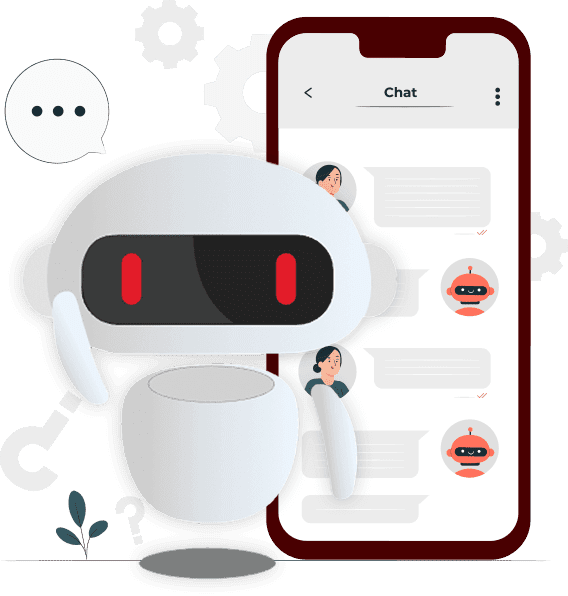At TT Consultants, we’re a premier provider of custom intellectual property (IP), technology intelligence, market research, and innovation support. Our approach blends AI and Large Language Model (LLM) tools with human expertise, delivering unmatched solutions.
Our team includes skilled IP experts, tech consultants, former USPTO examiners, European patent attorneys, and more. We cater to Fortune 500 companies, innovators, law firms, universities, and financial institutions.
Services:
- Patentability Search
- Invalidation Search
- Freedom to Operate (FTO) Analysis
- Patent Portfolio Management
- Patent Infringement Searches
- Drafting & Illustrations
- Competitive Benchmarking
- Technology Scouting
- Landscape Analysis
- Whitespace Analysis
- Market Research
Choose TT Consultants for tailored, top-quality solutions that redefine intellectual property management.






